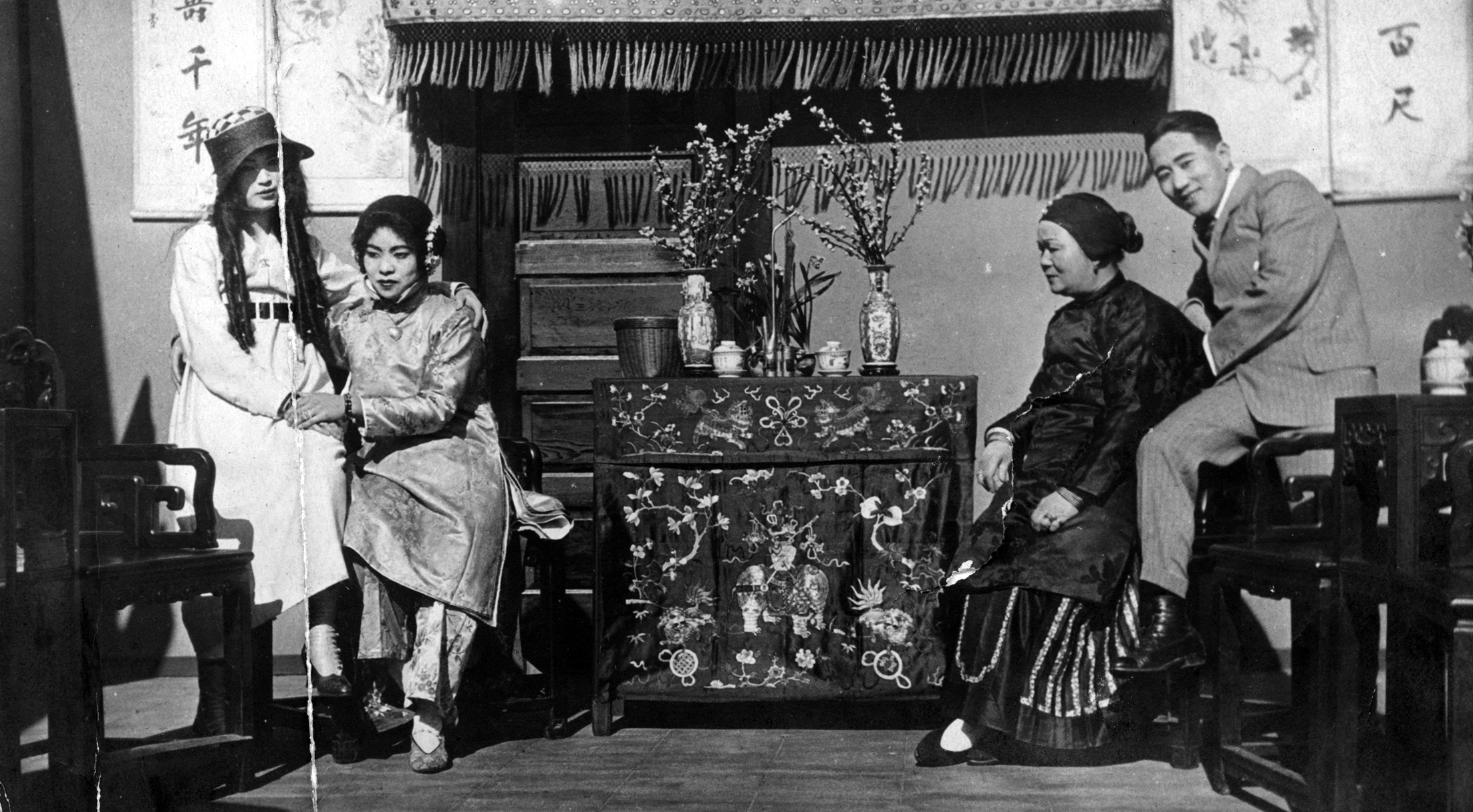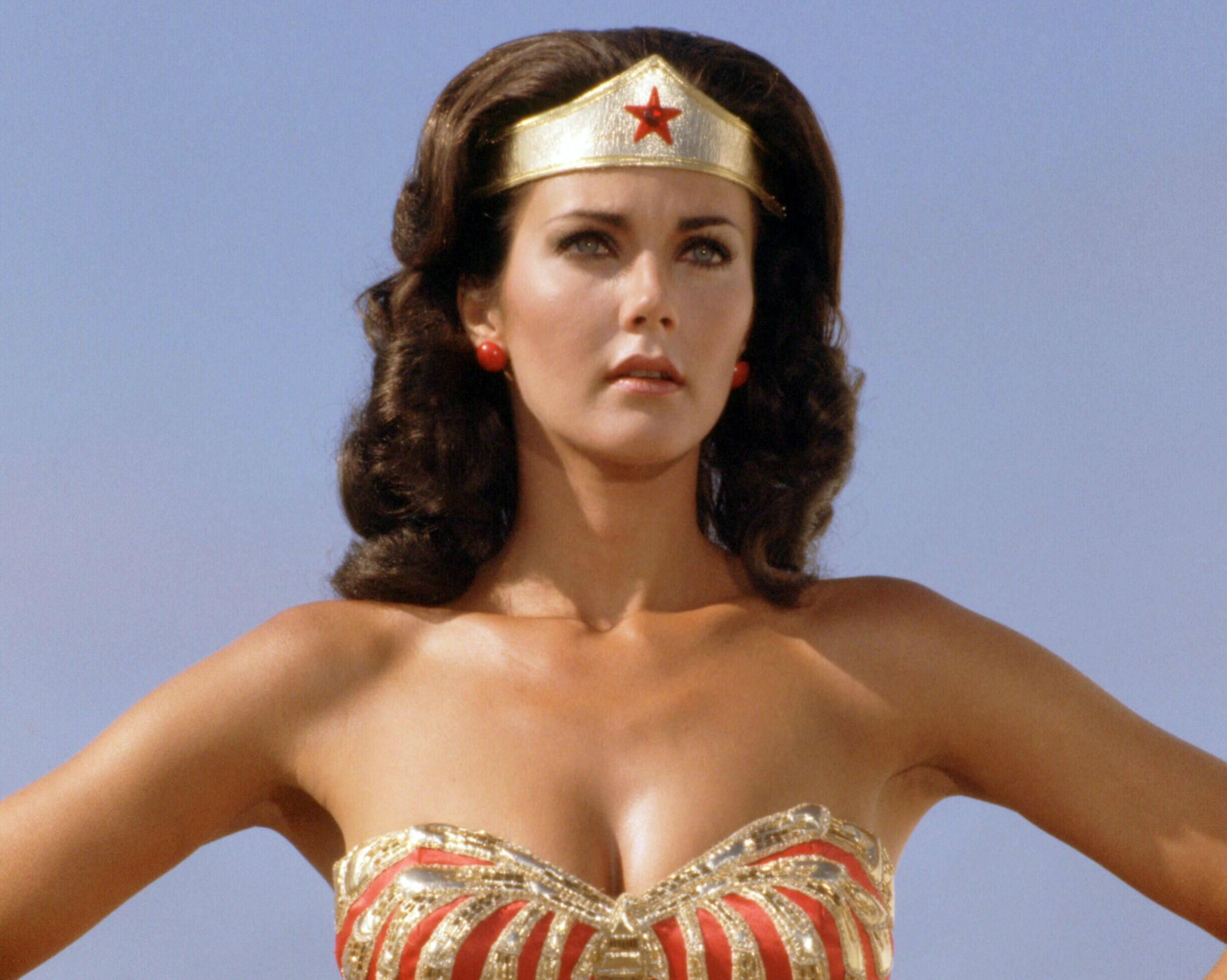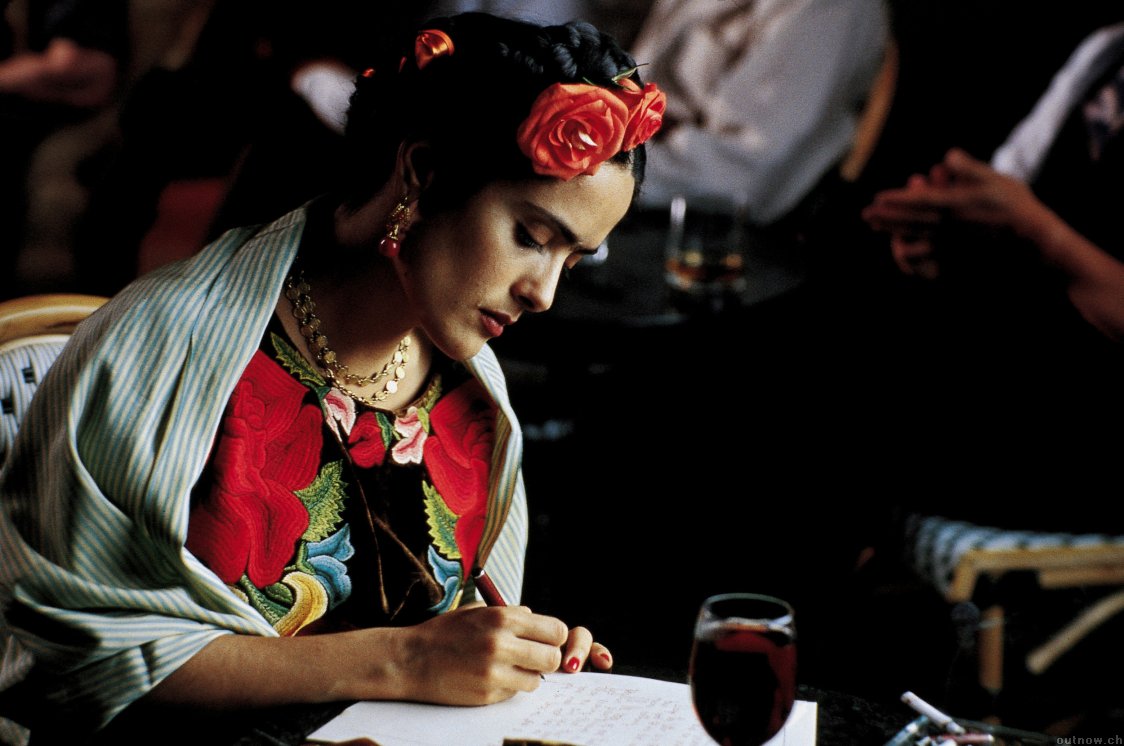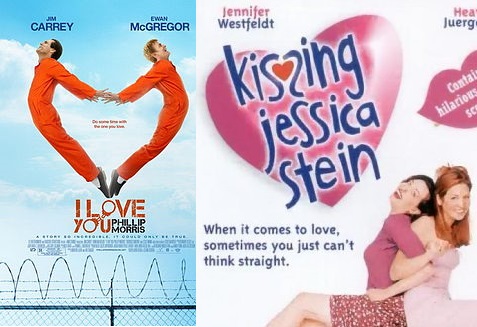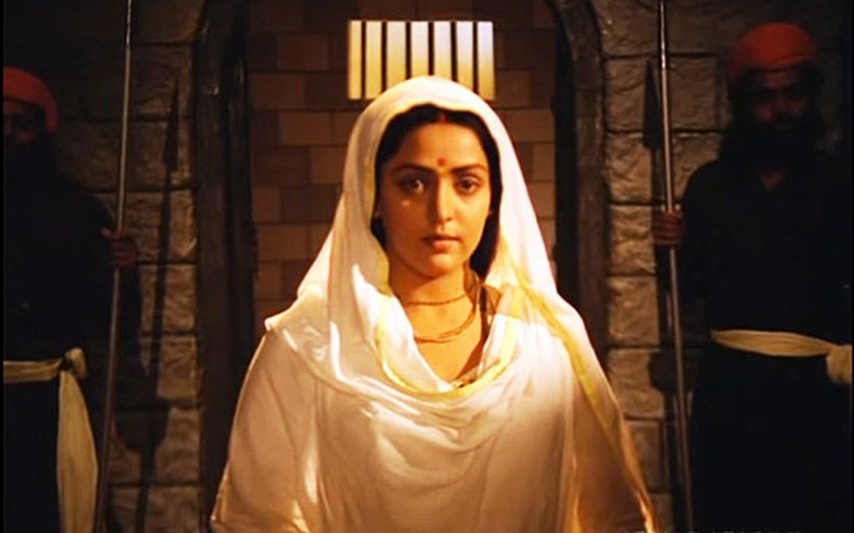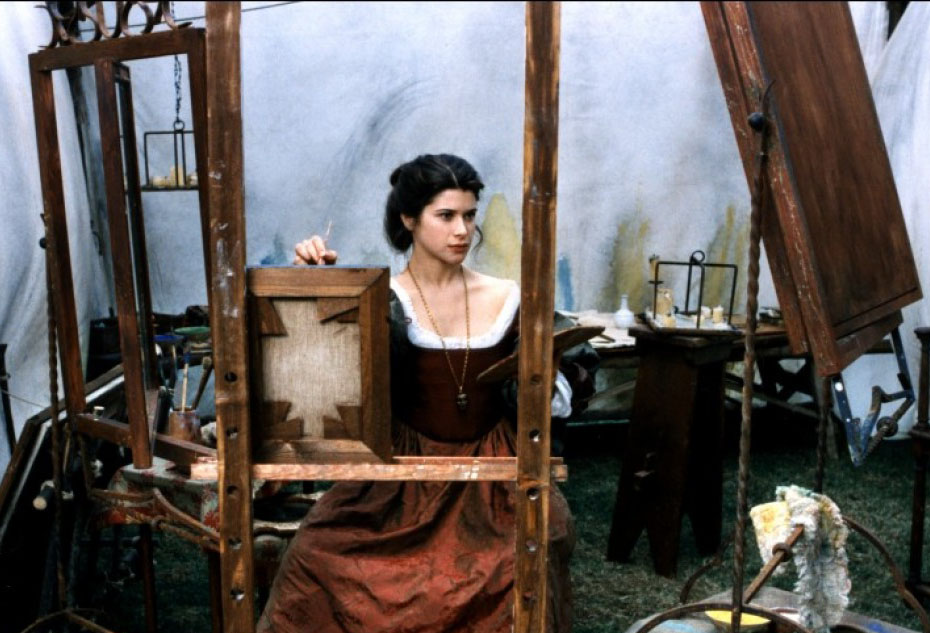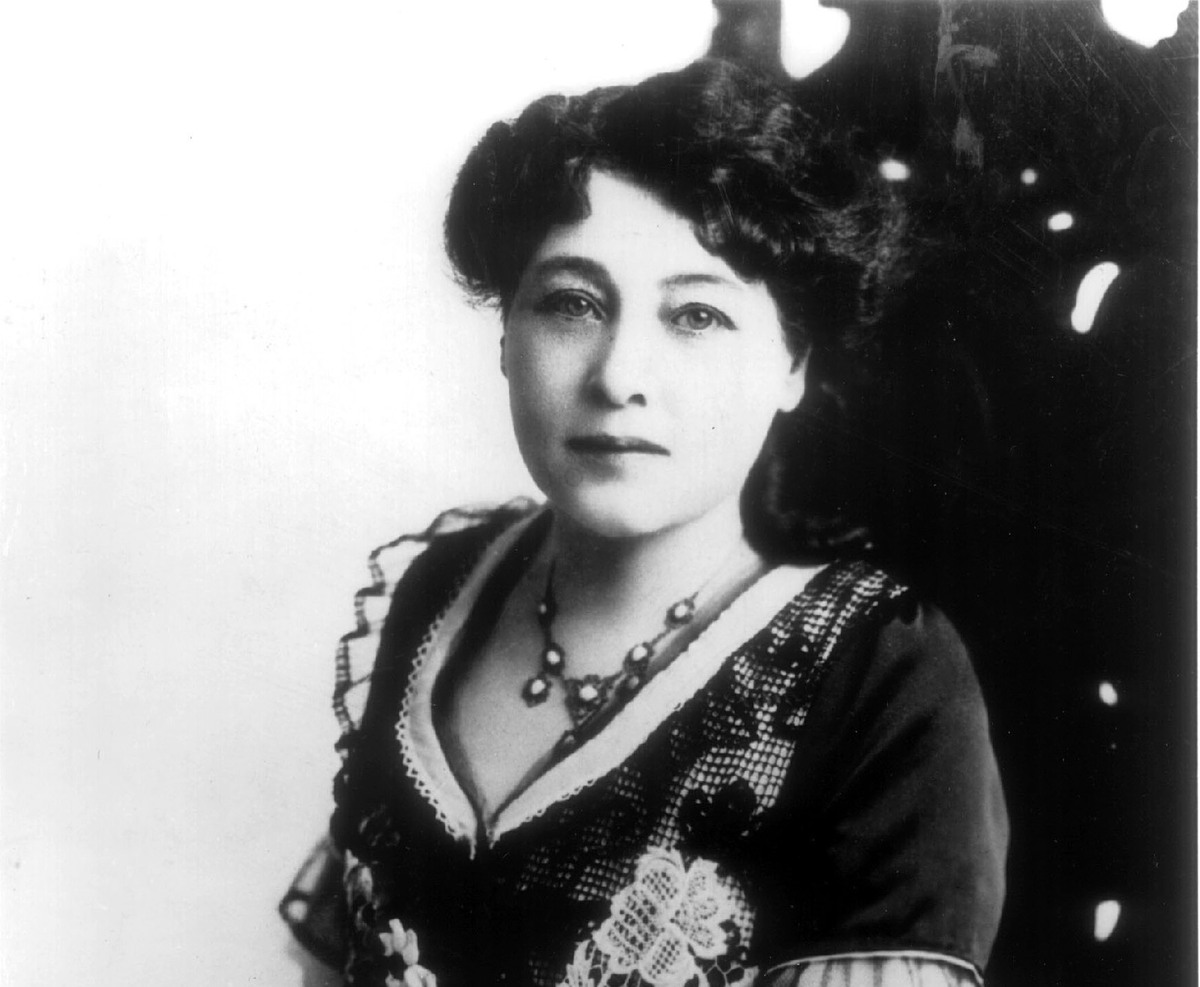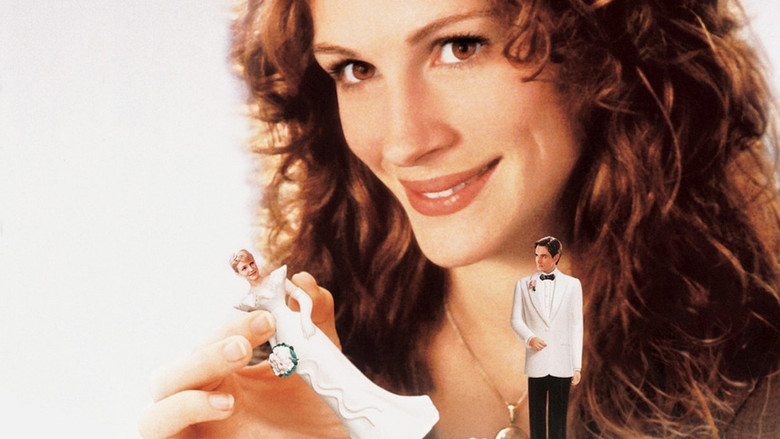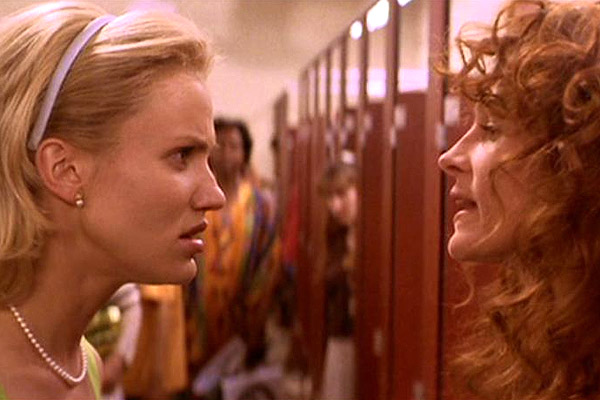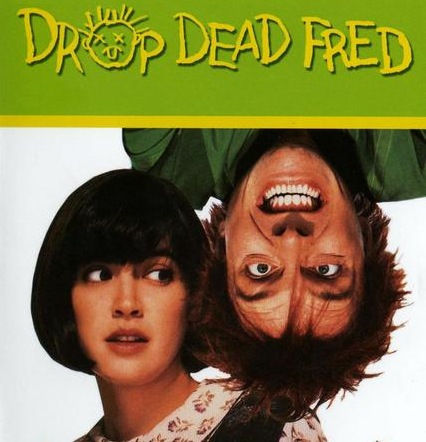Written by Brigit McCone, this post is part of Vintage Viewing, our series exploring the work of women filmmaking pioneers. It also appears as part of our theme week on Women Directors, Part 2.
When considering the ethnographic films of Zora Neale Hurston, as one of the few surviving remnants of early cinema to be directed by a woman of color, I discussed the doubly distorted image of themselves that such women confronted, in a culture without their authorship. At the same time, the article surveyed the significant numbers who were recorded as making films that have not survived, with the intersection of racism and sexism placing obstacles in their path at every stage from financing to distribution to preservation. One of the most energetic women to struggle to fully author her own uncompromising vision, the first Chinese American director, as well as among the earliest female directors, was Marion E. Wong.
Wong founded the Mandarin Film Company (the first Chinese American film company) with ambitious plans to create non-stereotypical images of Chinese Americans, assuming, perhaps naively, that the American appetite for exoticized images of East Asia would make them even more eager to see authentic content. She shared with the Oakland Tribune that she wanted to “introduce to the world Chinese motion pictures with ‘some of the customs and manners of China.’” Mandarin Film Company was practically a one-woman show, with Wong serving as screenwriter, director, supporting actress, and costume designer on their only feature film, 1916’s The Curse of Quon Gwon: Where the Far East Mingles with the West. It’s “the earliest known Chinese American feature” film and “the first and only film made by an all-Chinese cast and an all-Chinese company.” 1917’s Oakland Tribune describes Wong as “energy personified,” with “imagination, executive ability, wit and beauty.” An article in Moving Picture World indicates that Wong traveled as far as New York and China in search of distributors for her film, but none were forthcoming. The film would have likely been as lost as the 1922 film, A Woman’s Error, by pioneering African American filmmaker Tressie Souders, had not two reels of it been unearthed in a basement in 2005. Watching Wong’s film now, we can catch a glimpse of what early cinema might have been, if the viewpoints represented had been more diverse.
The Curse of Quon Gwon: Where the Far East Mingles with the West – 1916
Opening with a statue to the household god Quon Gwon (Guan Gong or “Lord Guan,” a deity based on Guan Yu, a historical general immortalized in the Romance of the Three Kingdoms, one of the Four Great Classical Novels of Chinese Literature). Worshiped in Chinese folk religion, popular Confucianism, Taoism, and Chinese Buddhism, Guan Gong represents the principles of loyalty and righteousness. Though the recovered reels of The Curse of Quon Gwon were lacking intertitles, they have been added to this version to enhance the viewing experience, with Guan Gong speaking the words of the Three Brothers’ Oath in the Peach Tree Garden, from Romance of the Three Kingdoms, in translation by Charles Henry Brewitt-Taylor. We are then shown the heroine’s formal introduction to the family of her groom. Wong stretched her budget by filming with an amateur cast: the heroine was played by Wong’s sister-in-law, Violet Wong, the villainess by herself, the mother-in-law by her own mother, Chin See, and the child by her niece. However, her sets are lavish and her camera moves gently back and forth to prevent the scene from being static. In general, Wong’s shot composition and editing compare very well with the industry standard of 1916.
Mixing Western and Chinese costume, Wong raises the cultural tensions and transnational identity of Chinese Americans at the time, resisting the tendency of mainstream cinema to portray “Oriental” characters as static stereotypes, instead imagining them in a state of fluid cultural transformation. As the heroine resists her maid’s efforts to transform her hair into a traditional Chinese style, her aspirations toward Western fashion are clear. An over-the-shoulder shot of her face in the mirror encourages the audience to identify with the heroine’s gaze, one of several moments by which the film establishes an aesthetic of female gaze and subjectivity.
One of the film’s central showpieces is its depiction of a traditional Chinese wedding ceremony, complete with regalia and gifts, reflecting Wong’s desire to showcase Chinese culture to her imagined Western audience. The beauty of these scenes make it difficult to imagine that a lack of quality was the reason for her film being rejected by distributors. Perhaps its centering of a Chinese American woman’s experience was judged unrelatable to viewers, though the struggle of a restless woman to accommodate herself to the strict rules of her culture is a universal theme. The heroine struggles to walk in her high shoes and laugh with her groom at his regalia, showing their unserious attitude toward Chinese traditions, even as Wong’s film celebrates them. After the wedding, Wong utilizes dissolves to show her heroine hallucinating that she is shackled with chains, anticipating Germaine Dulac’s dramatizing of the interior perceptions of women.
When comparing with Dulac, it is worth remembering that Dulac’s revolutionary impressionist and surrealist aesthetics evolved over the course of many films, from a beginning making conventional narrative cinema. Considering how impressive the cinematic imagination of her debut is, if Marion Wong had received support and distribution, there is no telling how experimental she might have become.
After her husband’s departure, the heroine finds herself rejected and driven from the family home, following a false accusation by the villainess, played by Wong herself. She seeks to take her child with her but is prevented, despite pleading for her child to be returned. Stripped of jewelry, she seizes a knife and contemplates committing suicide to purge her dishonor, before throwing it aside and resolving to live on without shelter, friends, or support. Her befriending a lamb may represent her innocence, or the contrast between compassionate nature and cruel culture.
As the heroine wanders off, grief-stricken, across a windswept wilderness, I was reminded of chapter 28 of Charlotte Brontë’s Jane Eyre, in which Jane strikes out alone and spends the night on the moors, confronting her place in the universe and testing her endurance. In depicting the heroine’s confrontation with nature, her right to be seen as a self-sufficient being and independent of her bonds with others, is affirmed. It occurred to me that I had never seen an Asian woman in an American film in this way, a different form of empowerment from martial arts (kung fu, wuxia, etc.) heroics – the right to be self-sufficient and to seek existential meaning. Zhang Ziyi’s leap from the mountain at the conclusion of Crouching Tiger, Hidden Dragon is the only other example that springs to mind. In 100 years, depiction of Asian women in Hollywood has not matured in its nuance to the level that Marion Wong achieved in 1916. To celebrate the connection of Wong’s heroine with Jane Eyre’s psychological journey as rebellious woman in restrictive society, and acknowledge the Western leanings of Wong’s heroine, extracts from Jane Eyre have been used as intertitles to illustrate the heroine’s thoughts throughout the film.
As a guilt-stricken maid resolves to confess to the heroine’s husband, who has returned and is heartbroken to discover his wife banished, the villainess attempts to choke the maid into silence. Instead, the husband bursts in on them and learns the whole truth (without the original intertitles, it is impossible to determine exactly what the false accusation was, though it possibly involved the heroine’s adorable child). As her husband sets out to find her, the heroine stumbles home, weary from her wanderings. The triumphant reunion of the family, and the despairing suicide of the villainess, conclude the film.
As the heroine adopts Chinese dress, dabs her eyes sorrowfully then gazes on the idol of Guan Gong, bowing solemnly to it, before flashing forward to a scene of the happy family with an older child, the final message of the film is ambiguous. Was the heroine justly punished for her Westernized disrespect of tradition, repenting and learning better by embracing her duty to family? What is the curse of Guan Gong? In the Three Brothers’ Oath, Guan Yu vows, “If we turn aside from righteousness and forget kindliness, may Heaven and Human smite us!” Did the curse then apply to the villainess, who turned aside from righteousness by making the false accusation? Or was it the heroine who was cursed for her rebellious impulses and disrespect of tradition, but redeemed by divine mercy? Are we, finally, to see her Western attitude as transgression or simply as individuality? What is certain is that, while ultimately upholding the value of family and of traditional culture, The Curse of Quon Gwon gives vivid expression to the frustrations of women within those rigid norms, doing so with a cinematic language of the female gaze that centers female perspectives.
[youtube_sc url=”https://www.youtube.com/watch?v=pJ5dbcFjXhQ”]
Photo of Marion E. Wong via Wikipedia in the public domain in the U.S.
Brigit McCone keeps trying to learn Chinese but can’t tell the tones apart, though she is happy the ‘Ireland’ is apparently written as ‘love you orchid’. She writes short films and radio dramas. Her hobbies include doodling and writing posts like this one.
